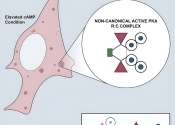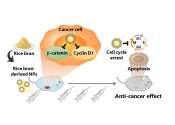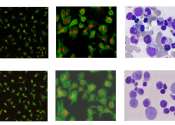Liquid droplets shape how cells respond to change, shows study
Healthy cells respond appropriately to changes in their environment. They do this by sensing what's happening outside and relaying a command to the precise biomolecule in the precise domain that can carry out the necessary ...









